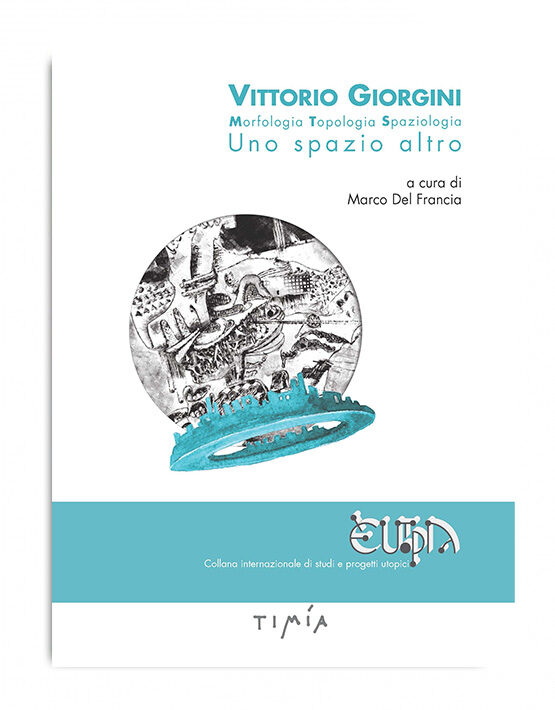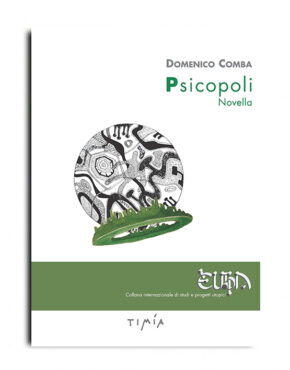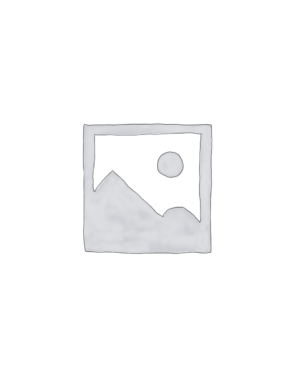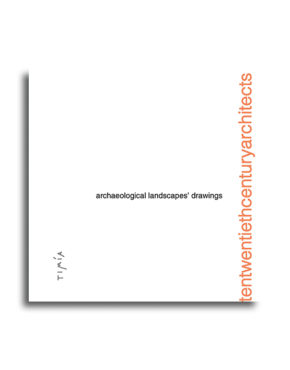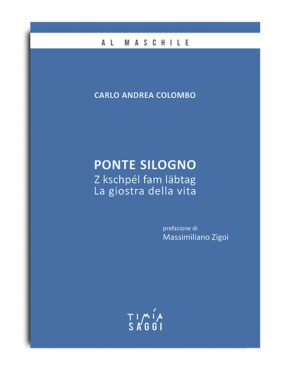VITTORIO GIORGINI
was born in Florence in 1926. Having become famous for Casa Saldarini (1962), a morphogenetic holiday home located on the Gulf of Baratti, from 1969 Vittorio Giorgini continued his theoretical design work in the United States as a lecturer at the School of Architecture of the Pratt Institute in New York. Since the 50s his main interest has been in observing natural structures, which he considered as models that can provide useful indications for the development of new design solutions. His research in the fields of geometry, morphology and construction have given rise to utterly cutting-edge designs for architecture and urban buildings, which have been exhibited, among other places, at the Palazzo dei Diamanti in Ferrara, the Museum of Modern Art in New York, the Columbus Museum, the Venice Biennale, the Howard Wise Gallery, the NIAE (National Institute for Architectural Education), the Mori Art Museum in Tokyo and the Barbican Art Gallery in London.
His career was substantially influenced by his relationships in artistic circles. He established friendships, among others, with Emilio Vedova, Antonio Bueno, André Bloc, Isamu Noguchi, Aurelio Ceccarelli, Richard Neutra, Emilio Villa, Craig Elwood, Robert Rauschenberg, Robert Sebastian Matta and Gordon Matta-Clark.



